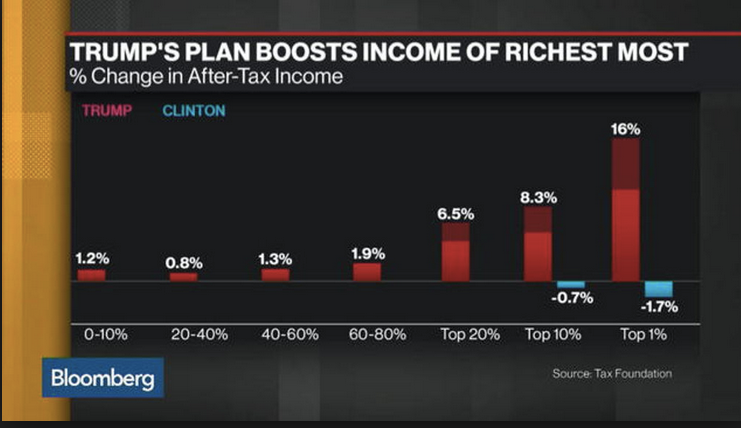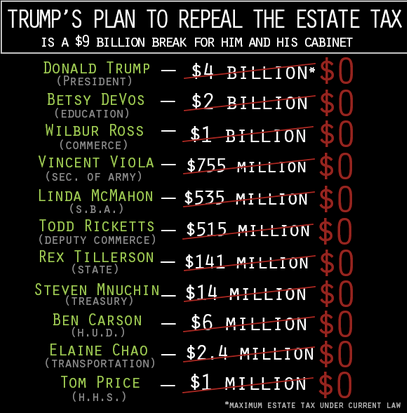WHY WE HAVE TAXES
We have taxes because, as we live together in communities, we share services with others. Taxation is age old as taxes are the way to pay for essential services like police, fire, water, transportation, libraries, education, the military, national security and much, much more. Taxes are also a way to redistribute resources to those who don’t have resources and are in need of support. The resources redistributed to children, the disabled, the elderly and the poor in the form of healthcare, food benefits, and education and more. Payment of taxes is one of the most effective ways to combat the rising income inequality that presents such serious challenges to the health of our economy.
Over recent years, there have been significant increases in productivity for the US. Most of the gains from that productivity have gone to the top 1-2% of earners while wages for the lower and middle-income earners are unchanged. There is growing awareness that this is not fair. But in addition to not being fair, there are many other problems — economic, political and social — that result from severe income inequality. When wealth is concentrated in the hand of a few, there is real danger of oligarchy or the concentration of power, which poses significant threat to a vibrant democracy.
WHAT DO THE TAXES PAY FOR?
We pay several different kinds of taxes – State, Federal, local, sales are the most common ones along with Social Security and Medicare taxes. Federal taxes are used to support the Federal government services such as the military, foreign service, Federal agencies such as the IRS and Education. State taxes pay for services like K-12 education, some of higher education, social services, transportation, and economic development. Local taxes pay for services like police, fire, some roads, bridges, libraries and parks. Sales tax is usually a small percent and is paid on purchases, with some exemptions such as there is no tax on food. Medicare and social security taxes are deducted from paychecks and are used to support those programs.

Above is the 2015 Federal budget. The actual percentages do not change much from year to year so a 2015 pie chart is a good estimate of current spending. The budget has both mandatory and discretionary components. Most of taxpayer funding is spent on the military, health care, Social Security and interest on debt.
THE FACTS
There are approximately 122M Federal taxpayers in this country of 318-324M
- Income taxes paid by individuals: $1.48 trillion, or 47% of all tax revenues.
- Payroll taxes paid jointly by workers and employers: $1.07 trillion, 34% of all tax revenues.
- Corporate income taxes paid by businesses: $341.7 billion, or 11% of all tax revenues.
However, and this is important, the applicable tax rate is not the rate that is actually paid. There are tax deductions and credits that lower the amount actually paid. For example US tax rate for corporation is one of the highest compared to other nations but US corporations pay less actual tax. No one pays sticker price! Corporations and individuals spend millions and millions of dollars to figure out ways to lower their taxes. Whenever there are discussions about high tax rates, it is important to remember that the rate is not what is actually paid. There is agreement among many that the tax code is unfair and should be updated. But there is quite a bit of disagreement about what code changes to make, what the new rates should be and who should pay.
The new administration wants to cut taxes again in spite of the facts that we have a deficit and the tax revenue is needed to pay for the healthcare improvements and other Federal government services. The biggest problem with the current plan is that the benefits of the proposed cut would go disproportionately to the 1-2% and very little would benefit others. For an extreme example or comparison, a .1% taxpayer would receive a weekly tax benefit of over $ 21,000 while a taxpayer in the lowest quintile, or lowest 20%, would receive a weekly tax benefit of just over $ 2.
THE THREAT
And as a country we would greatly reduce our ability to cover healthcare, address climate change, pay for essential services, pay interest the national debt, and honor our financial obligation and promises.
In 2012, the Republican-majority Congress and President Obama reached a “grand bargain” on taxes. As part of that deal, the current estate tax exemption was set, with annual increases indexed to inflation. With that agreement, more than 99 % of Americans were exempted from any estate tax.
Another major threat to our tax structure is a pledge, called the “Taxpayer Protection Pledge” that Republican in office sign, pledging to never raise taxes. Up until now, Republicans have followed that pledge, to a great extent, which asks them to disregard the state of the economy, the need to make smart investments in our future, or the needs of millions of Americans. As of this writing Republicans are in complete control of Congress and the Executive branch so they are now contemplating ballooning the deficit in order to pass legislation to repeal Obamacare without raising taxes. This is a way to honor the pledge and still get legislation they want passed, regardless of financial impact. The most important feature of this pledge is that, up until now, it made no difference what was proposed, what Americans needed, what smart economic moves we could make – only that there could be no new tax, period.
THE WAY FORWARD
None of the tax changes proposed by this administration and the Republicans are trivial. They will have long range repercussions by taking revenue from the government and leaving it in the hands of the 1%, the ultra wealthy. This lack of revenue has the potential to weaken the Federal government and harm millions of Americans for years to come. The messaging is usually to argue for tax cuts, make the cuts, argue for service cuts since there is less revenue thereby shrinking government as pledged via the Taxpayer Protection Pledge.
TAX CUTS TO INCREASE INCOME INEQUALITY — The way forward is to reject any tax cut that benefit high earners disproportionately compared to low earners. The better approach is to use the tax code to reduce income inequality, not make it worse.

TAX CUTS FOR BUSINESSES – Since approximately ¾ of the decrease in revenue for the Federal government results from cutting the business tax rate to 15%, the Business tax changes should be rejected, given the fact that the tax rate is not the rate that is actually paid. The decrease in revenue to the government would require significant cuts in service, significant increases in the debt and deficit.
ESTATE TAX ON ESTATES VALUED AT OVER 10.9M -The current Federal estate tax is only applicable to less than 1% percent of the population and should be retained. The law now allows individual to exempt estates valued at 10.9M with a tax of 40% for the remaining. (Recall that no one pays sticker price!) and there are only a few households have estates greater than 10.9M. The people who have estates greater than 10.9M, (estates that have already taken many tax deductions) are the only ones who would pay Federal estate tax.

This is a form of income redistribution. Some criticize this idea arguing that the heirs and descendants deserve to keep all wealth ever generated by their family. Others believe that concentrating wealth in the hands of a few leads to power concentrated in the hands of a few. This is a threat to a functioning democracy It also leads to dynastic oligarchy, crony capitalism, economic rigidity, and lack of opportunity for all. We do not want to damage these important aspects of the American economy and the American dream.
REMOVAL OF CHARITABLE CONTRIBUTION DEDUCTION — Philanthropy from wealthy individuals and corporations is another major way that concentrated wealth is returned to society at large. Currently wealthy individuals have an incentive to contribute to charity because they receive a tax deduction for it. The tax code changes proposed by Republicans and this administration will also remove incentives for wealthy people to make charitable contributions, another way to increase income inequality.
ADDITIONAL TAX BREAKS FOR THE PRIVATE SECTOR – This administration and Republican plans to improve infrastructure are designed to transfer wealth to investors by providing tax breaks to private-sector businesses who often back profitable construction projects. These projects, such as electrical grid modernization or energy pipeline expansion, might already be planned or even underway. There’s no requirement that the new tax breaks be used for incremental or otherwise expanded construction efforts. This means that the private sector gets tax breaks for work they were going to do anyway, there is no related economic stimulus at all. The funds expended by the government do nothing to stimulate the economy because there is no guarantee that there will be new work.

